(204) 228-1430
Approved Conditions
HyperBaric oxygen therapy is a medical procedure which you enter a closed body chamber to breathe pure air pressure levels that are higher than we naturally inhale
Did you know that there is 21% oxygen in the air that we breathe
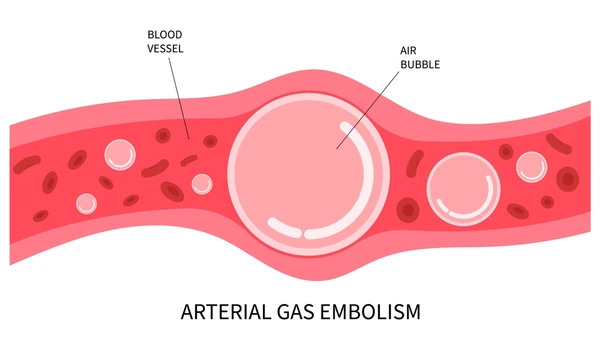
Air and Gas Embolism
Air and gas embolism occur when
air or gas bubbles enter the bloodstream
and block blood vessels. This can be a serious medical condition
Carbon Monoxide Poisoning and Smoke Inhalation
Carbon Monoxide Poisoning:
occurs when you breathe in carbon monoxide (CO),
a colorless, odorless gas produced by burning fuel.
When CO enters the body, it prevents oxygen from
getting to your organs and tissues, which can be very dangerous.
Symptoms include headaches, dizziness, weakness, confusion,
and in severe cases, it can lead to loss of consciousness or death.
It's often associated with faulty heaters, car exhaust, or gas appliances.
Smoke Inhalation:
happens when you breathe in smoke from a fire.
Smoke contains harmful chemicals and tiny particles
that can damage your lungs and airways. Symptoms
can include coughing, difficulty breathing, and a sore throat.
In severe cases, it can lead to serious lung damage or respiratory
failure. Smoke inhalation is a major concern during house fires or wildfires.
Both conditions require immediate medical attention if you suspect exposure.
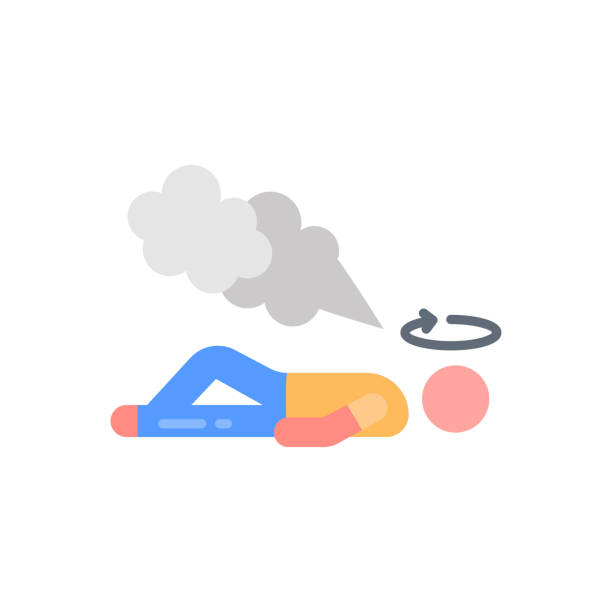
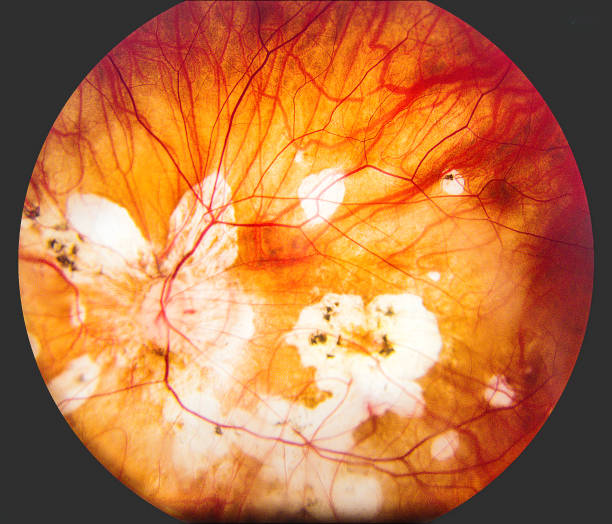
Central Retinal Artery Occlusion
Central Retinal Artery Occlusion (CRAO)
is a serious eye condition that occurs when the
main artery supplying blood to the retina gets blocked.
The retina is the part of the eye that helps you see by sending
visual information to the brain.
When this artery is blocked, it can cause sudden vision loss in one eye.
People often describe it as if a curtain has fallen over their vision.
CRAO can happen due to various reasons, such as blood clots or fatty deposits.
It's important to seek immediate medical help if you experience sudden
vision changes, as prompt treatment can sometimes improve outcomes
Chronic Refractory Osteomyelitis
Chronic Refractory Osteomyelitis
is a long-lasting bone infection that is hard to treat.
"Osteomyelitis" means inflammation of the bone caused
by bacteria or other germs, and "chronic" means it persists over time.
"Refractory" indicates that it doesn't respond well to
standard treatments, like antibiotics or surgery.
This condition often develops after an injury, surgery,
or in people with weakened immune systems.
Symptoms can include pain, swelling, and sometimes fever.
Because it can be difficult to manage, doctors may use a
combination of treatments, including stronger antibiotics,
surgery to remove infected tissue, or other specialized therapies.
It's important to get medical help if you suspect a bone infection.
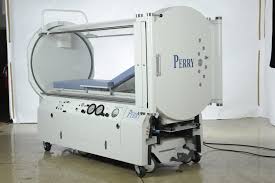
Crush Injury & Other Acute Traumatic Ischemia
Crush Injury:
occurs when a part of the body is compressed or squeezed
with a lot of force, often due to heavy objects falling or being trapped.
This can damage muscles, nerves, and blood vessels.
Symptoms include swelling, pain, and sometimes a loss of function in the affected area.
In severe cases, it can lead to complications like compartment syndrome,
where pressure builds up in muscles, restricting blood flow.
Acute Traumatic Ischemia:
refer to sudden reductions in blood flow to tissues,
often due to injuries that block blood vessels, such as fractures or dislocations.
This can lead to tissue damage and loss of function if not treated quickly.
Common symptoms include pain, numbness, and discoloration of the skin.
Immediate medical attention is crucial to restore blood flow and prevent serious complications.
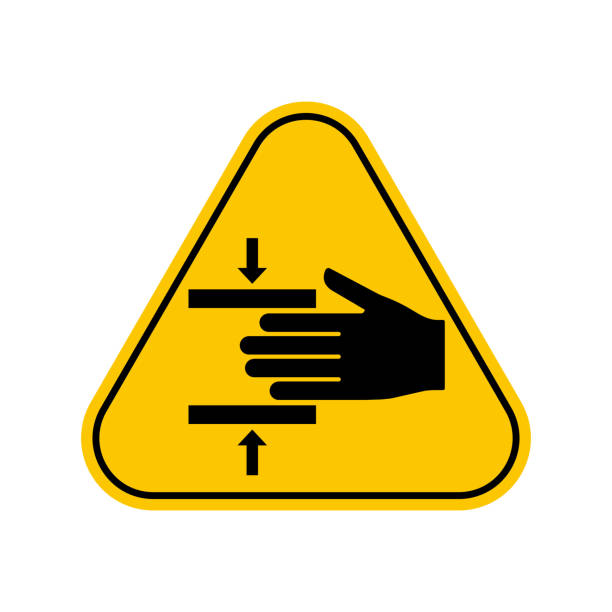
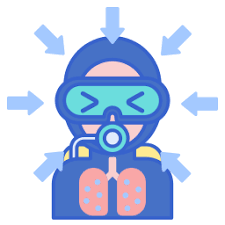
Decompression Sickness
Decompression Sickness:
also known as "the bends," happens when a diver ascends too quickly after being deep underwater.
When diving, your body absorbs more nitrogen due to the high pressure.
If you come up too fast, the nitrogen can form bubbles in your bloodstream and tissues,
leading to various symptoms.
Symptoms can include:
joint pain, dizziness, difficulty breathing, fatigue, and even confusion.
In severe cases, it can be life-threatening.
Treatment typically involves going back to a high pressure environment,
like a hyperbaric chamber, to help the nitrogen dissolve safely back into your body.
It's important for divers to ascend slowly and follow safety protocols to avoid this condition.
Diabetic Lower Extremity Wounds
Diabetic Lower Extremity Wounds:
sores or ulcers that can develop on the feet and legs of people with diabetes.
High blood sugar levels can damage nerves and blood vessels,
leading to reduced feeling in the feet and poor circulation.
This makes it easier for cuts or blisters to go unnoticed and become infected.

Necrotizing Soft Tissue Infections
fast-spreading infections that cause tissue death. They occur when bacteria infect the skin, muscles, or fat, releasing toxins that destroy tissue. NSTIs can cause extreme pain, swelling, fever, and rapidly worsen, leading to tissue loss and potentially life-threatening complications. Prompt treatment, often including surgery and strong antibiotics, is essential to stop the infection.
Failed Skin Grafts and Flaps
Failed Skin Grafts and Flaps
refer to situations where surgical procedures intended to repair or cover damaged skin do not work as planned.
Skin Grafts:
This involves taking a piece of healthy skin from one part of the body and placing it on a damaged area. A failed graft means that the new skin doesn't heal properly, which can happen due to infection, poor blood flow, or movement at the graft site.
Flaps:
This technique involves moving a section of skin along with its blood supply to cover a wound. A flap may fail if the blood flow is not adequate or if the tissue is damaged during the process.
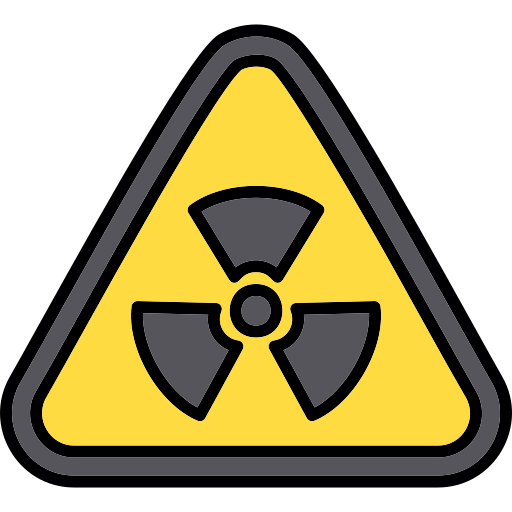
Radiation Tissue Damage
When cells in the body are harmed by exposure to high levels of radiation. This can happen during cancer treatments like radiation therapy or from accidental radiation exposure. The damage disrupts normal cell function, leading to symptoms like skin burns, inflammation, and in severe cases, tissue death. The severity depends on the amount of radiation and how long the tissue is exposed.
Gas Gangrene
When body tissues are harmed by exposure to high levels of radiation, either from medical treatments like radiation therapy or accidental exposure. Radiation can damage the DNA in cells, causing them to malfunction or die. This can lead to tissue inflammation, burns, and long-term effects like scarring or cancer. The severity of damage depends on the dose of radiation and the area of the body affected. Treatment focuses on managing symptoms, promoting healing, and preventing complications.
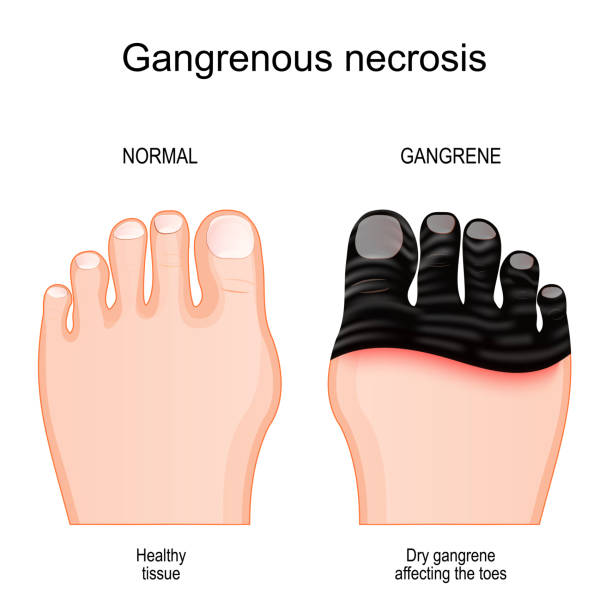

Non-Healing Wounds
A wound that doesn’t heal as it should. It may stay open or take a long time to close due to factors like poor blood flow, infection, diabetes, age, smoking, or lack of proper nutrition. When a wound doesn’t heal, it can lead to complications, so it’s important to seek medical help.
Severe Anemia
A condition where you don’t have enough red blood cells or hemoglobin in your blood to carry enough oxygen to your body’s tissues. This can cause symptoms like extreme fatigue, weakness, shortness of breath, dizziness, and pale skin. It can be caused by factors like blood loss, nutritional deficiencies (e.g., iron or vitamin B12), or chronic diseases. Severe anemia requires medical treatment to address the underlying cause and restore normal blood levels.
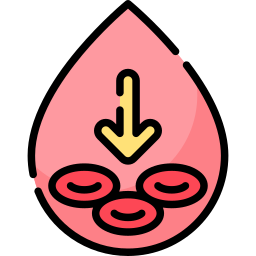

Sudden Sensorineural Hearing Loss
Sudden Sensorineural Hearing Loss (SSHL) is a rapid, unexplained loss of hearing, typically in one ear, that occurs over a short period. This condition is often considered a medical emergency, as prompt treatment can improve the chances of recovery.
Thermal Burns
Thermal burns are injuries caused by heat.
They occur when skin comes into contact with flames,
hot liquids (like boiling water), steam, or hot surfaces.
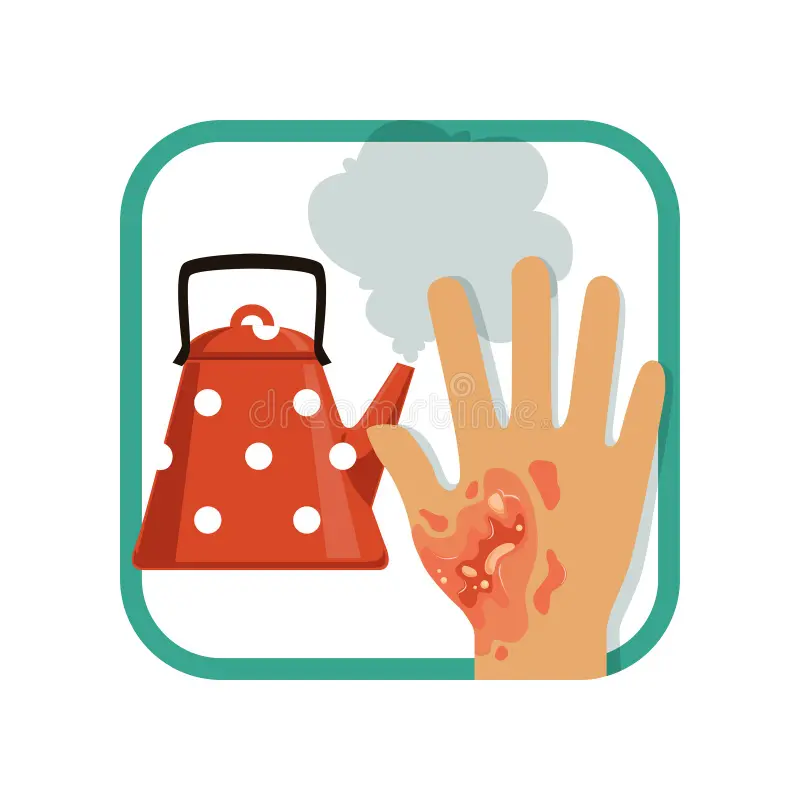
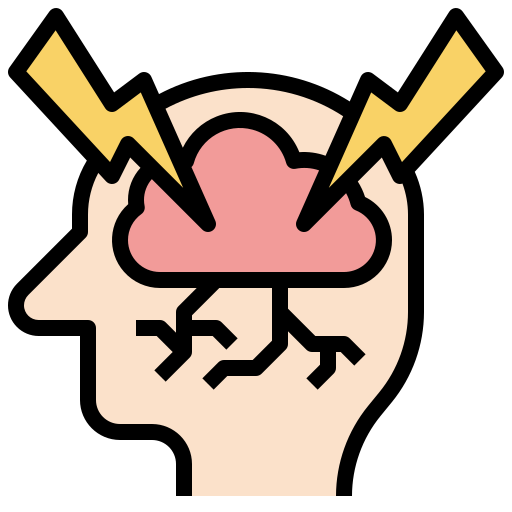
Stroke
When blood flow to a part of the brain is interrupted, either by a blockage (ischemic stroke) or bleeding (hemorrhagic stroke). This disruption deprives brain cells of oxygen, leading to damage. Symptoms include sudden numbness, confusion, difficulty speaking, vision problems, or loss of balance. Immediate treatment is critical to minimize brain damage. Recovery depends on the stroke's severity, and rehabilitation therapies can help restore lost functions.
Concussion
Mild traumatic brain injury caused by a blow or jolt to the head, which disrupts normal brain function. Symptoms can include headache, dizziness, confusion, nausea, sensitivity to light or noise, and sometimes memory problems. While most concussions are temporary, they can be serious if not properly managed. Rest and gradual return to normal activities are key to recovery. Severe or repeated concussions can lead to long-term brain damage.


Diabetes
Condition where the body has trouble regulating blood sugar (glucose). There are two main types:
Type 1 diabetes: The immune system attacks and destroys insulin-producing cells in the pancreas, requiring lifelong insulin therapy.
Type 2 diabetes: The body becomes resistant to insulin, or the pancreas doesn’t produce enough, often linked to lifestyle factors like diet and exercise.
Get Started Today
Schedule an appointment with us today by calling
(204)-800-9144 or using the contact form below
main about our staff services contacts
